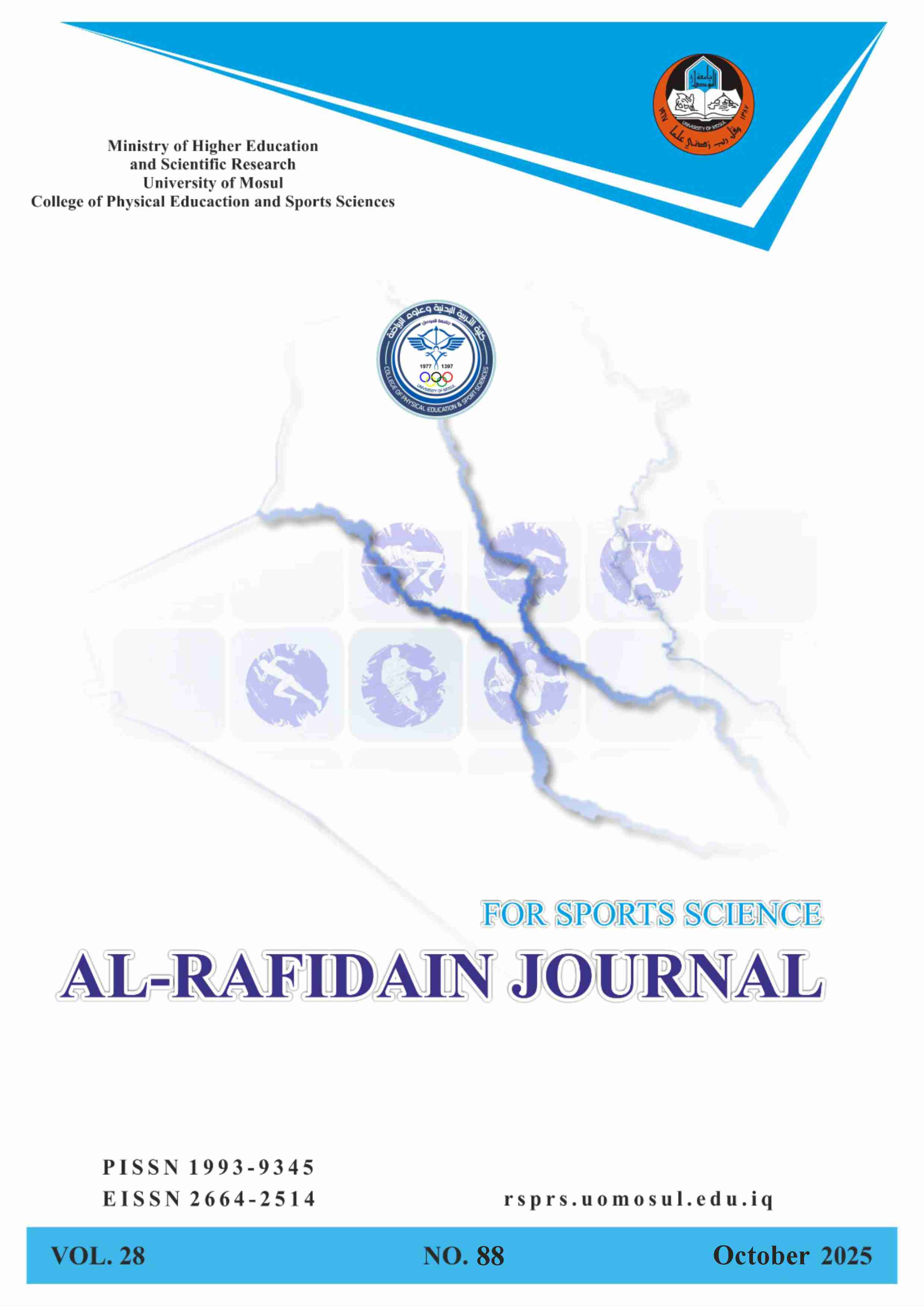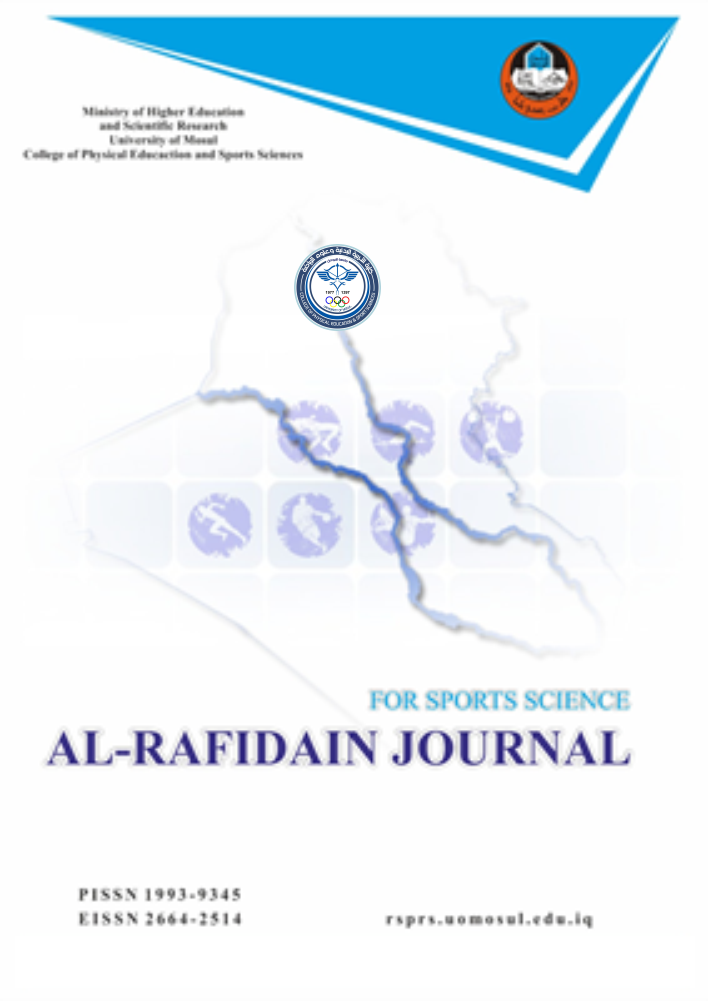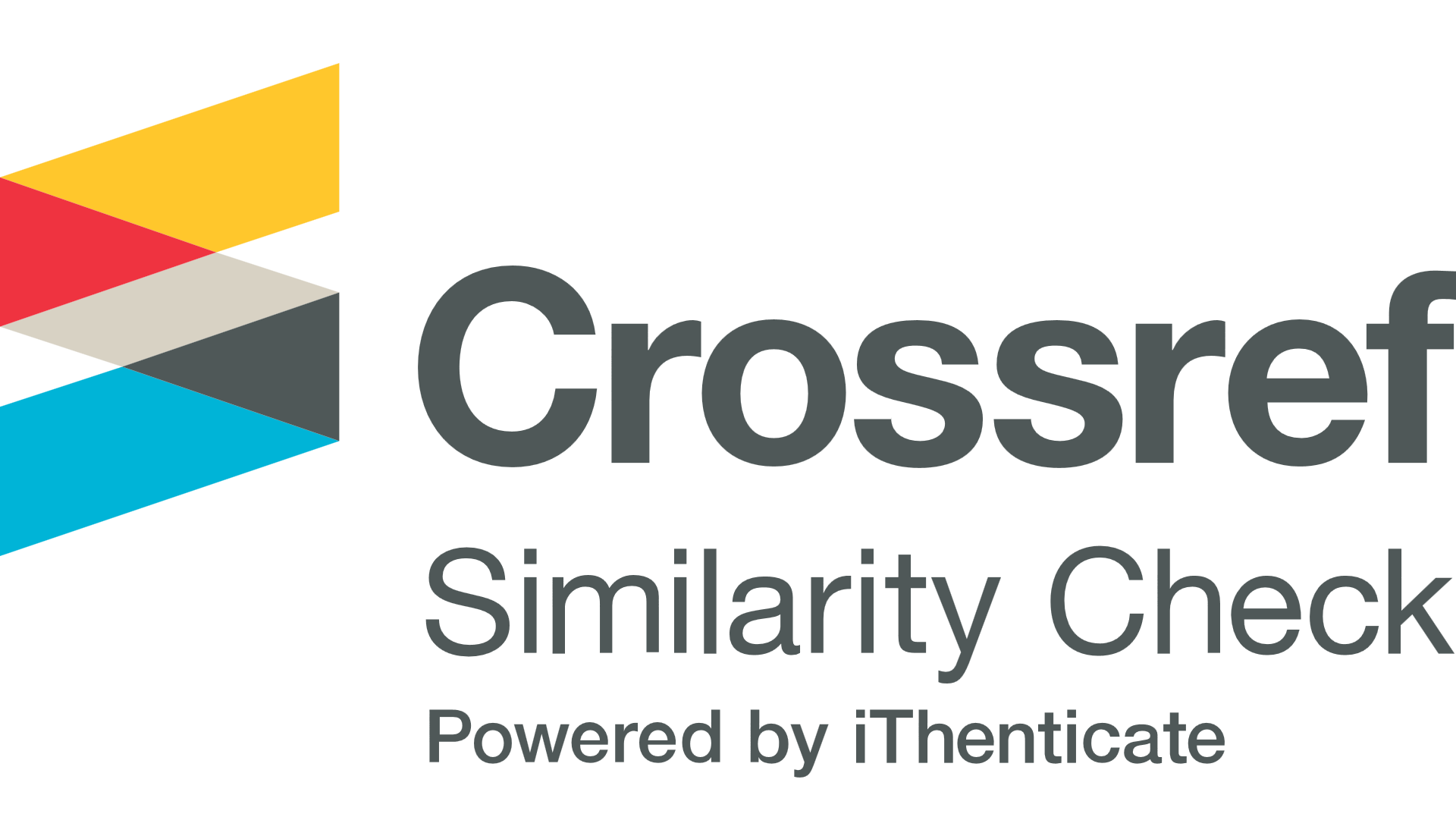Adaptation of Barrow Ball Dribbling Test According to the Variable of Ball Touch Frequency
Published
Oct 24, 2025Pages
336-351Abstract
This study aimed to adapt the Barrow dribbling test in football by changing the scoring method to create a more accurate test that realistically reflects a player’s ball control during dribbling. The modification focused on the number of ball touches during the test, which better indicates the level of technical control and performance speed in young players.
To achieve this goal, the researchers used the descriptive method in survey form with a sample of 125 players randomly selected from five football academies in Nineveh Governorate. The adaptation process focused on revising the scoring method. After conducting pilot experiments and verifying the validity, reliability, and objectivity of the standardized test, the modified version of the Barrow test was applied. The performances were recorded on video to analyze both the number of ball touches and the time taken to complete the test on the application sample.
The results indicated that the new index (touches per second) offers a more accurate way to measure skill differences among players. Additionally, normative tables were created to assist in interpreting performance levels. The study recommends using the adapted version of the Barrow test in talent identification and skill evaluation programs for youth football players
References
- Al-Fartoosi, A. S., & Al-Husseini, S. J. (2020). Measurement and evaluation in the sports field (1st ed.). Dar Al-Fikr Al-Arabi.
- Al-Fartoosi, A. S., Al-Husseini, S. J., & Al-Kuraizi, A. M. (2015). Measurement, testing, and evaluation in the sports field. Al-Muhaiman Press.
- Al-Hadi, A. S., & Arab, M. K. (2023). The effect of specialized compensatory acceleration training on explosive power and shooting skill in youth football. Wasit Journal of Sports Science, 14(2).
- Al-Janabi, A. A. J. (2019). Fundamentals of measurement and testing in physical education. Center for Book Publishing.
- Barrow, H. M., & McGee, R. (1979). A practical approach to measurement in physical education (p. 182). Lea & Febiger.
- Bloom, B., Madaus, G., & Hastings, J. T. (1983). Evaluation of student learning: Summative and formative (M. A. Al-Mofti, Z. A. Al-Najjar, & A. I. Shalabi, Trans.). McGraw-Hill.
- Cohen, J. (1988). Statistical power analysis for the behavioral sciences (2nd ed.). Lawrence Erlbaum Associates.
- Fadhel, B. A., Radi, M. N., Aboud, M. A., & Laibi, S. I. (2025). The effect of speed-blending exercises on short-term anaerobic (phosphagen) power and skill performance of youth football players. Journal of Sports Education Studies and Research, 35(2).
- Field, A. (2013). Discovering statistics using SPSS (4th ed.). Sage Publications.
- Hassanein, A. S. (2004). Measurement and evaluation in physical education and sport – Part two (4th ed.). Dar Al-Fikr Al-Arabi.
- Katea, H. N. (2024). Measurement and testing in football. Al-Nabah Printing and Publishing.
- Radwan, M. N. (2006). Introduction to measurement in physical education and sport (1st ed.). Center for Book Publishing.
Identifiers
Download this PDF file
Statistics
How to Cite
Copyright and Licensing

This work is licensed under a Creative Commons Attribution-NonCommercial 4.0 International License.







